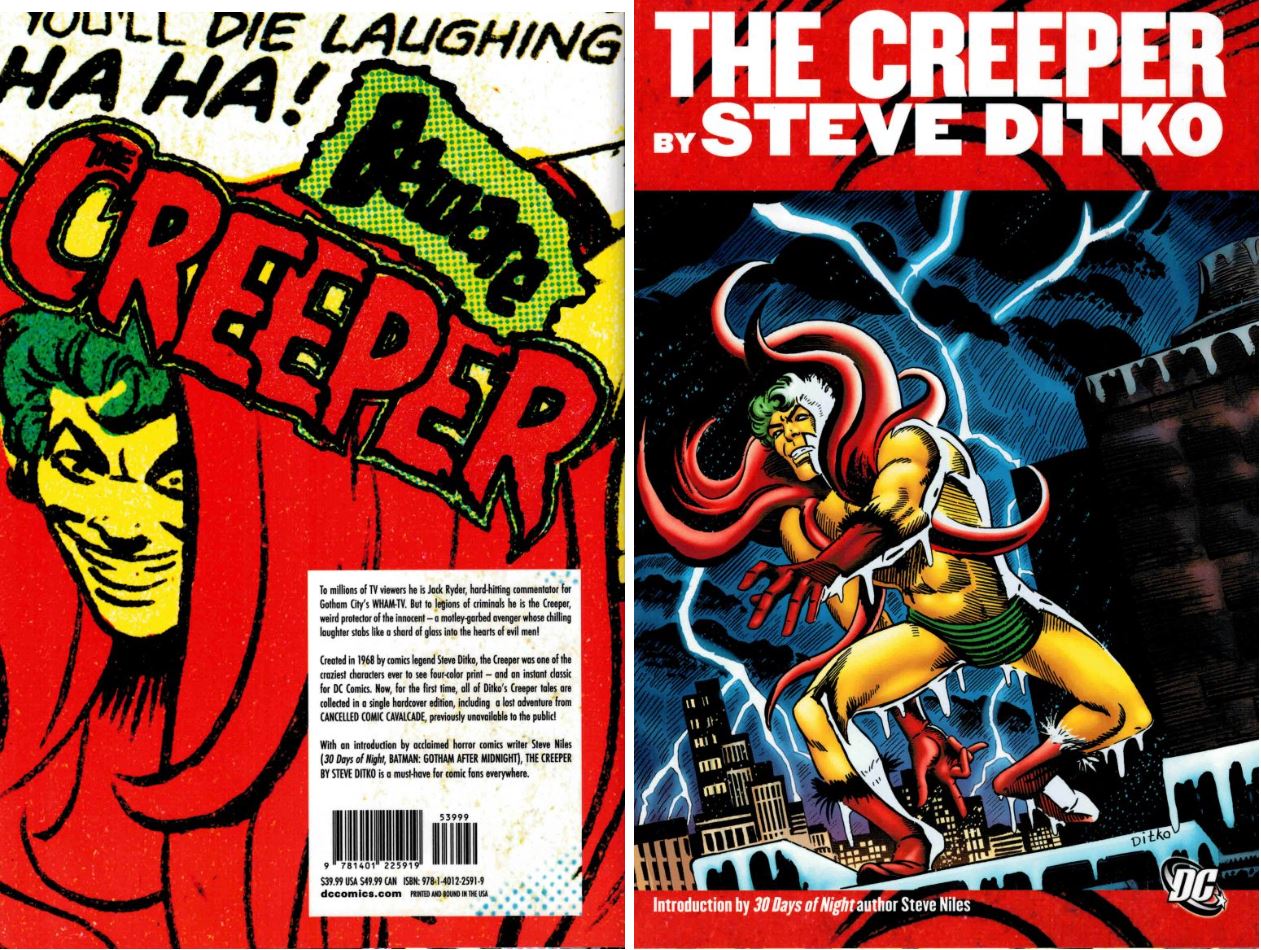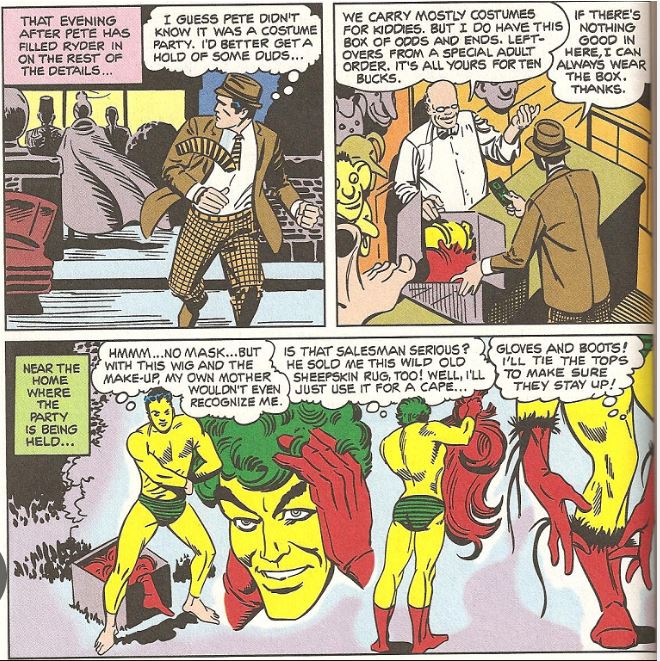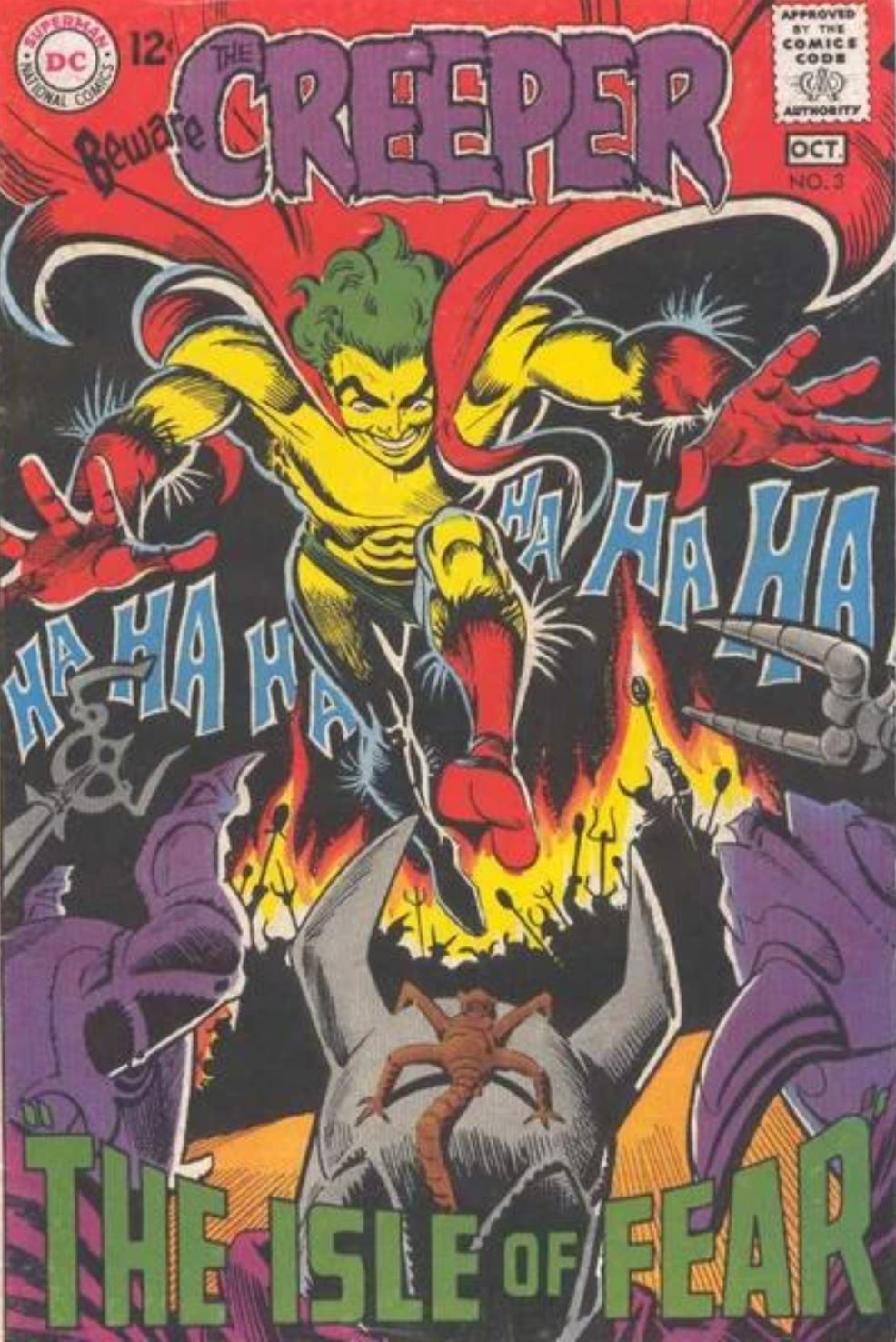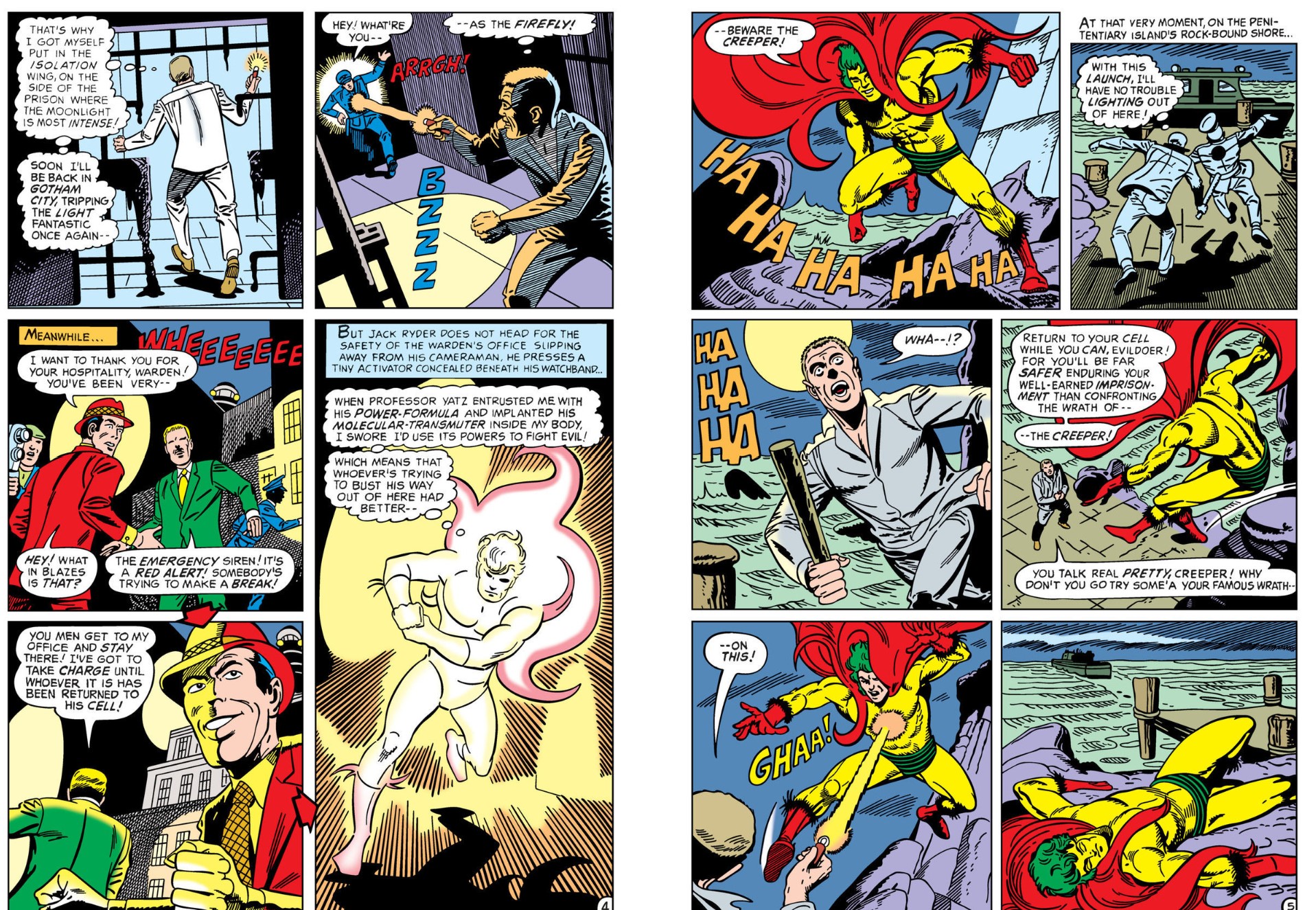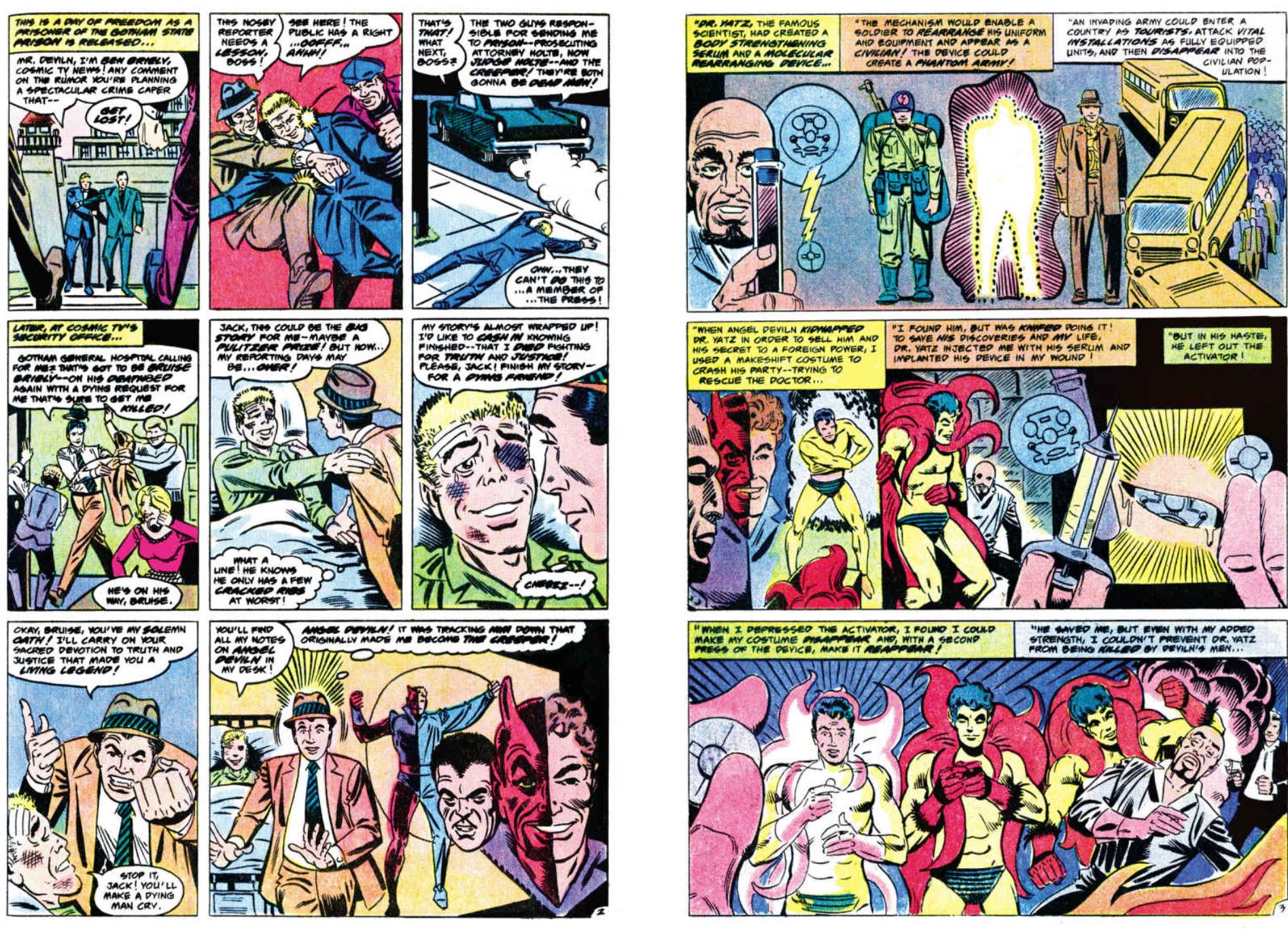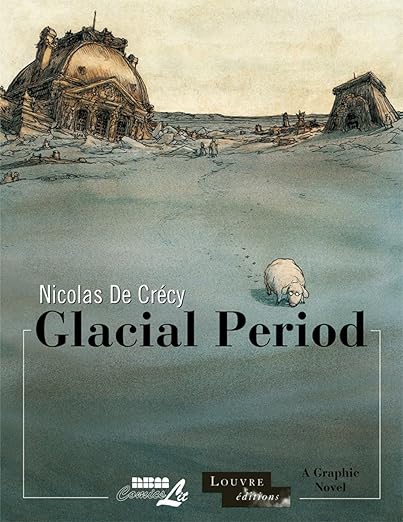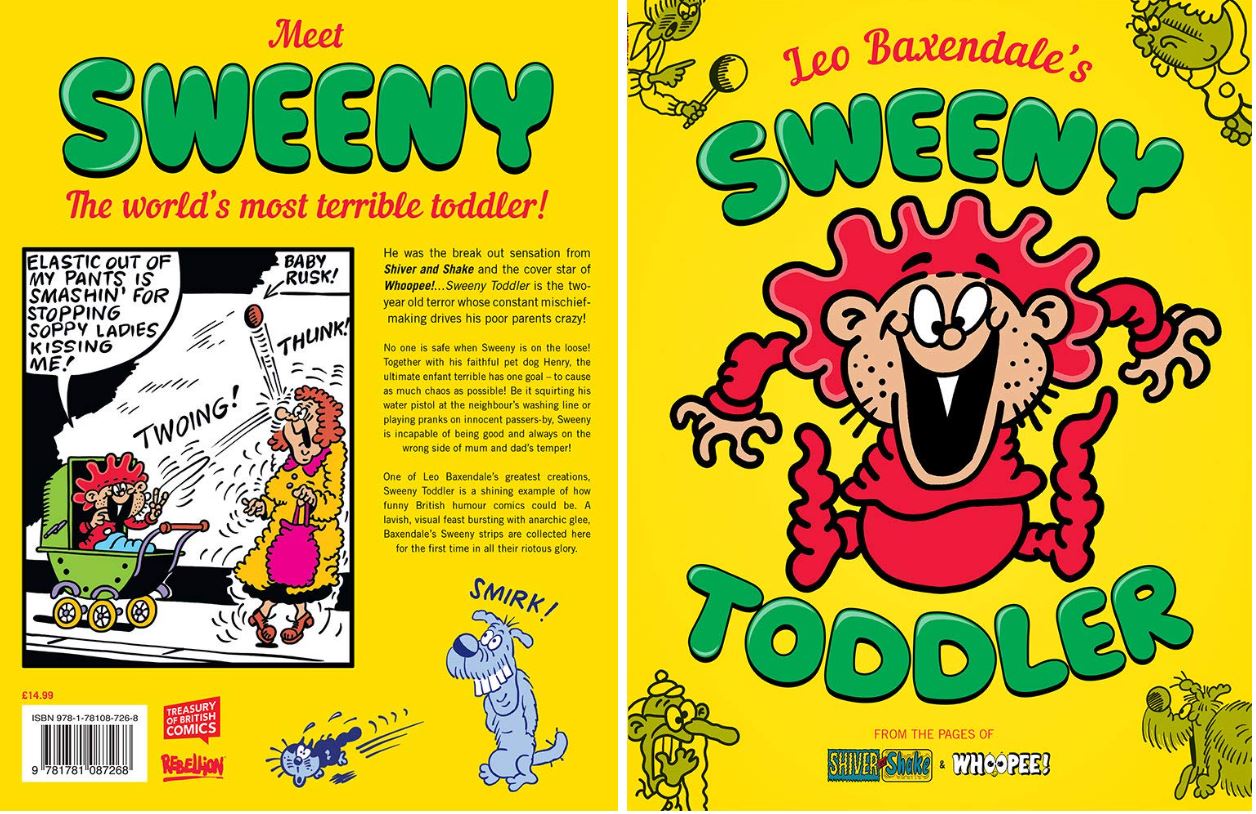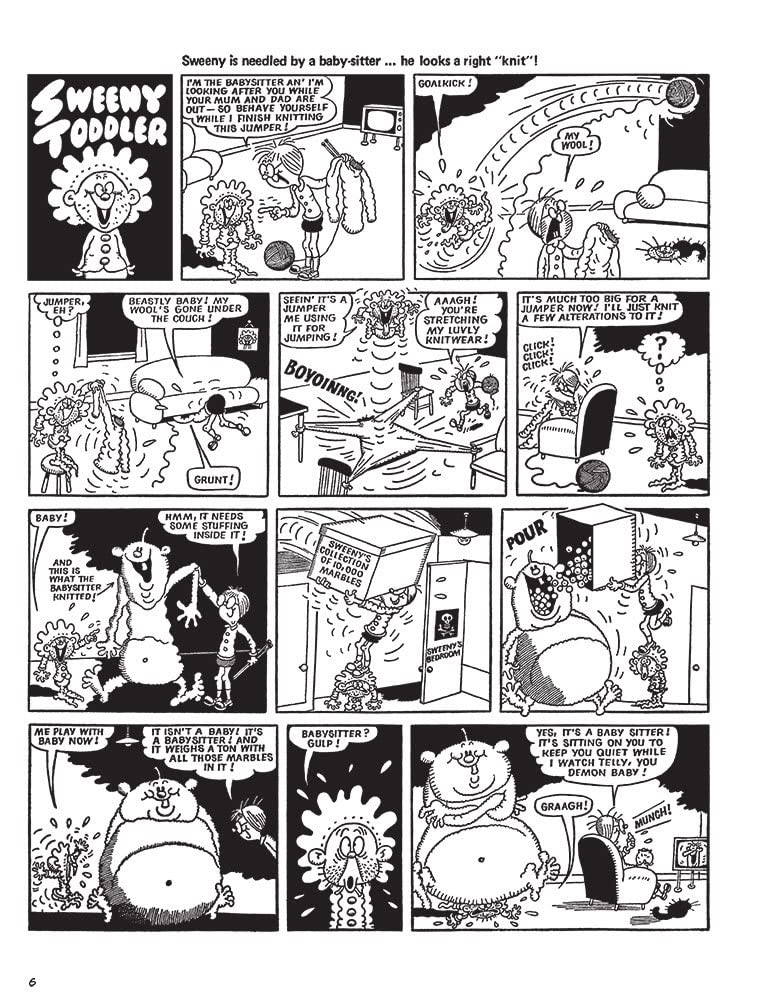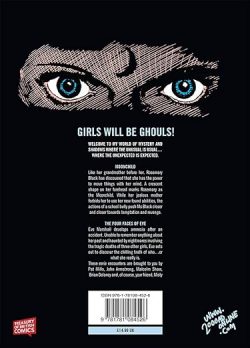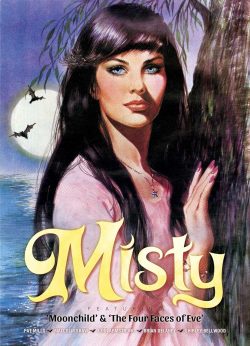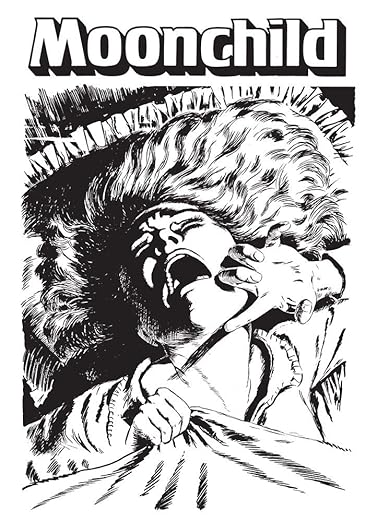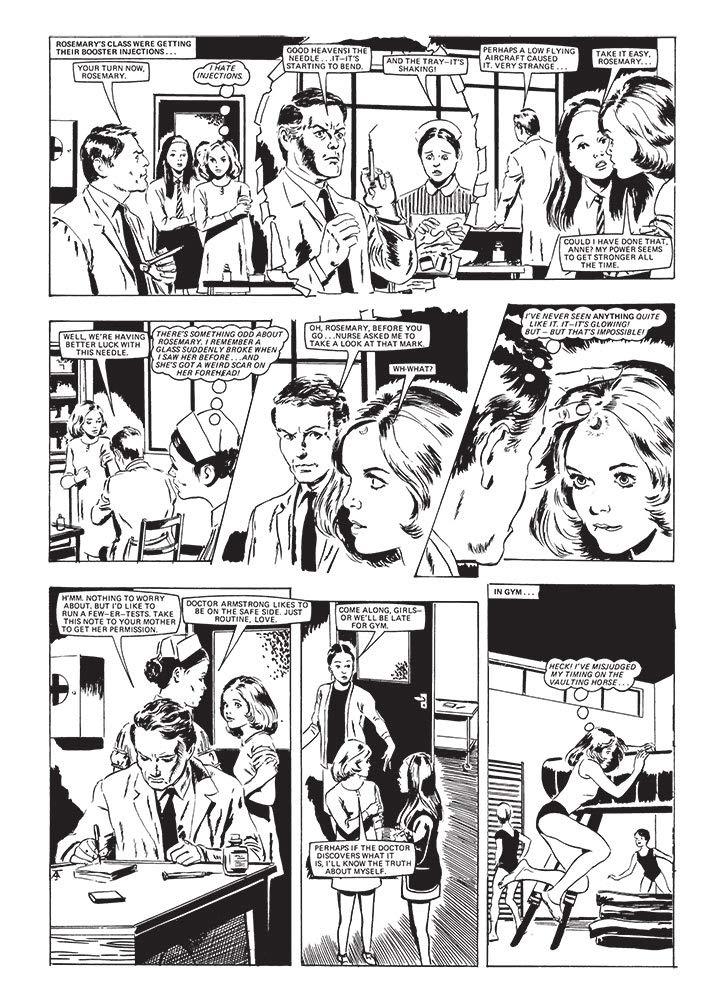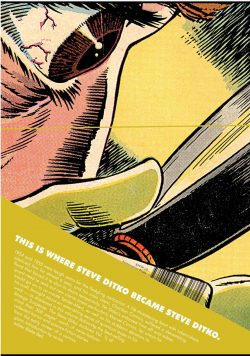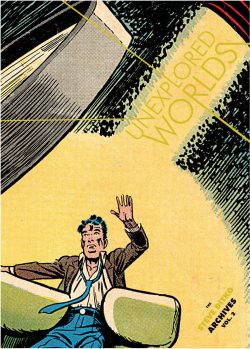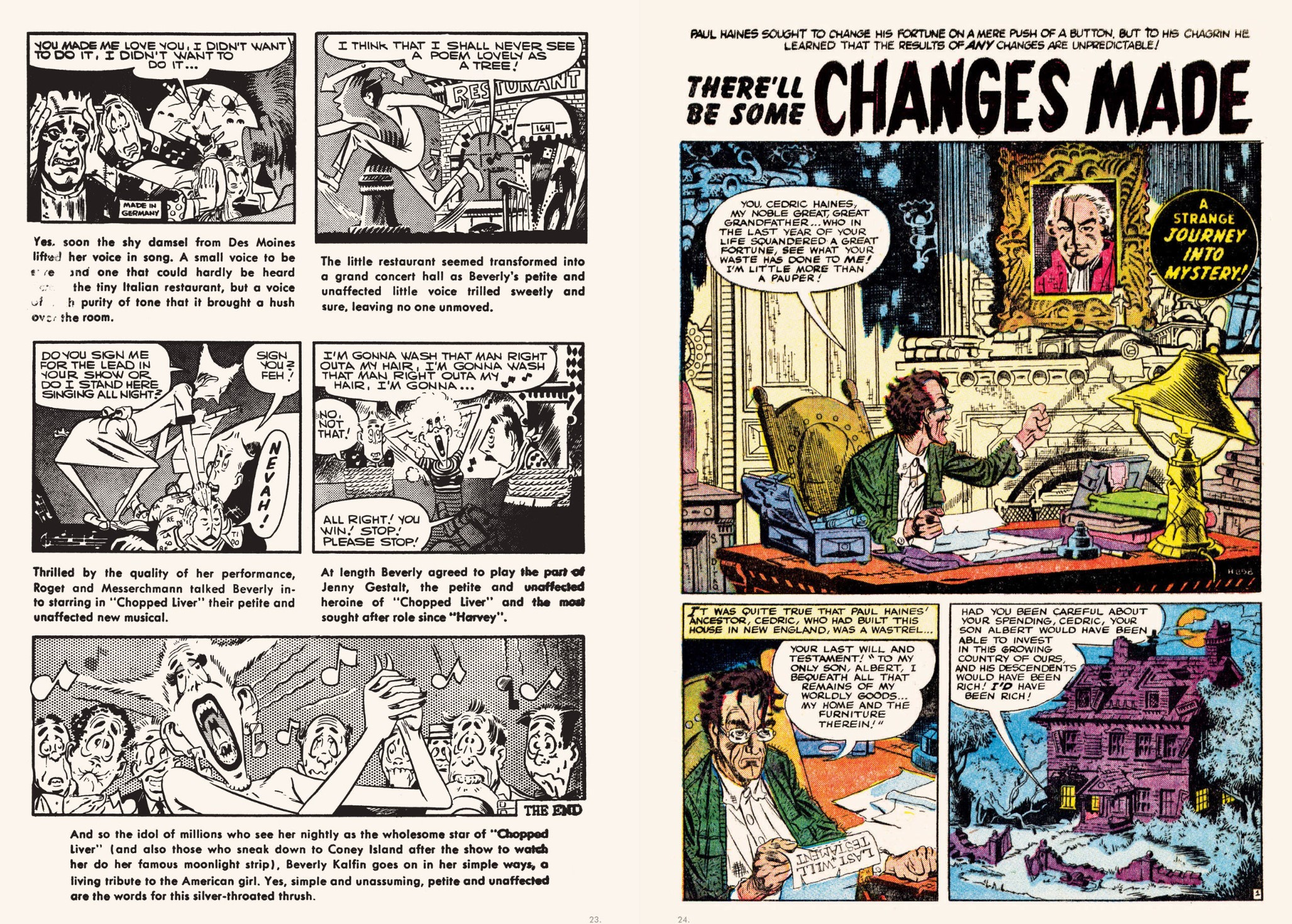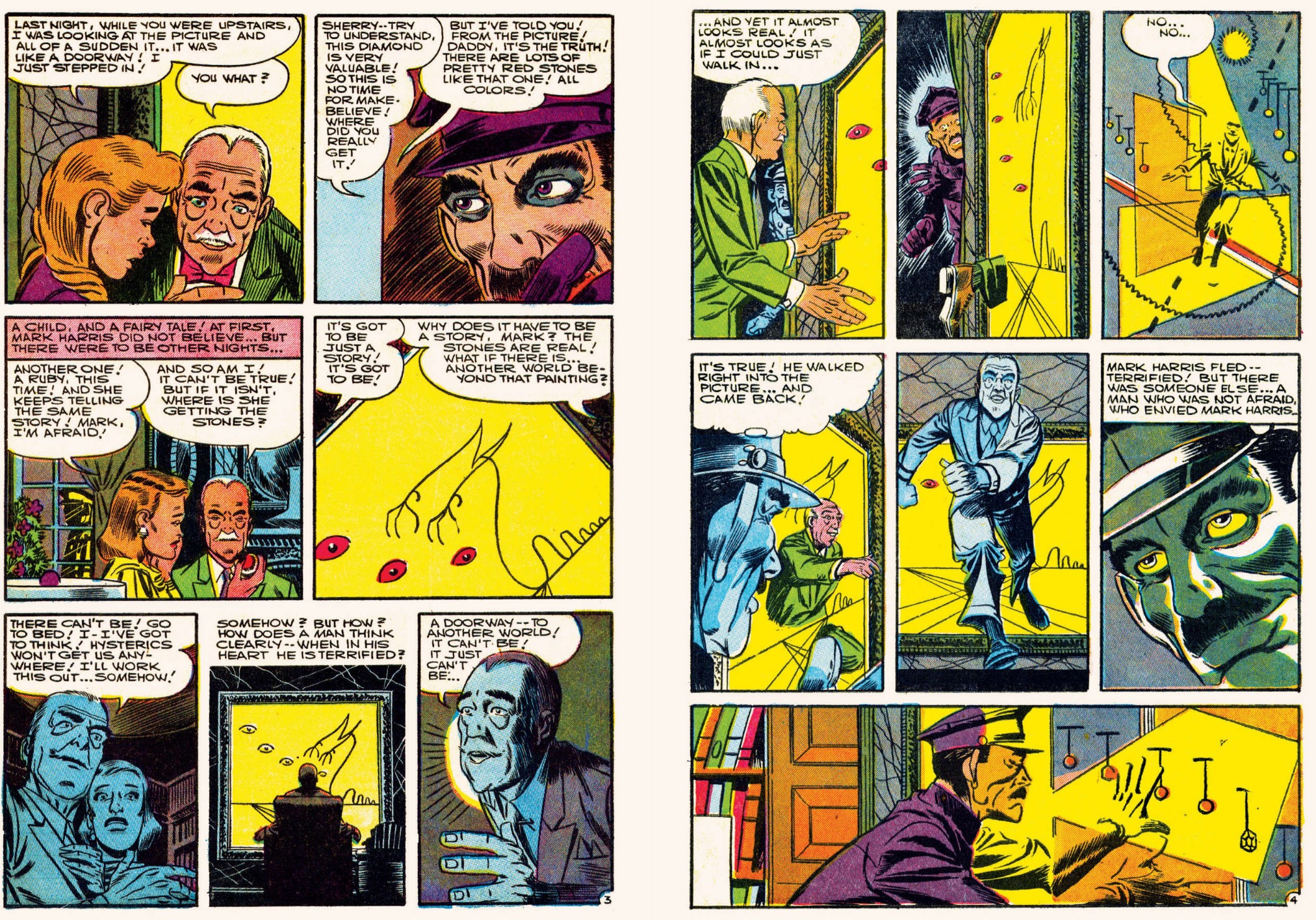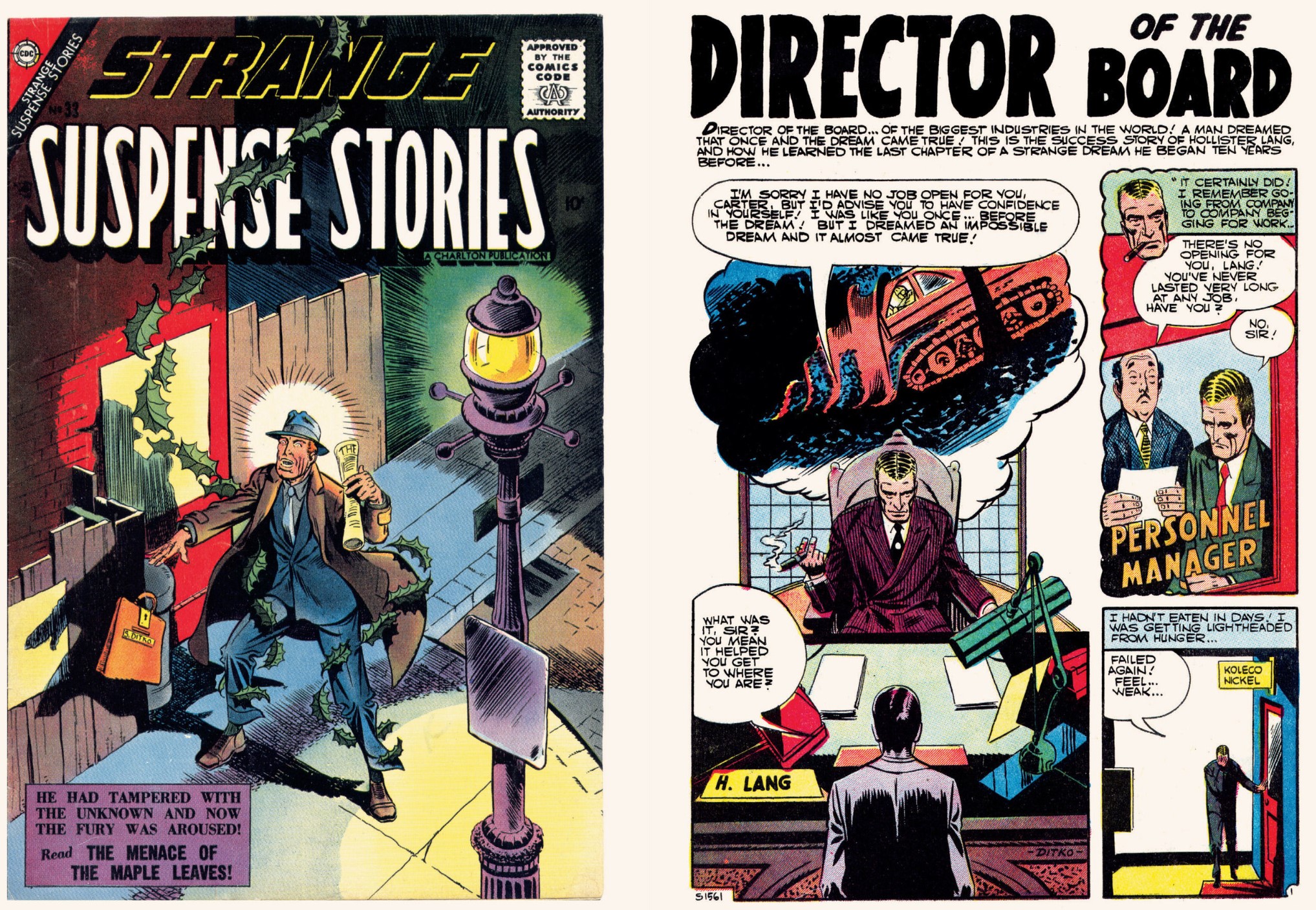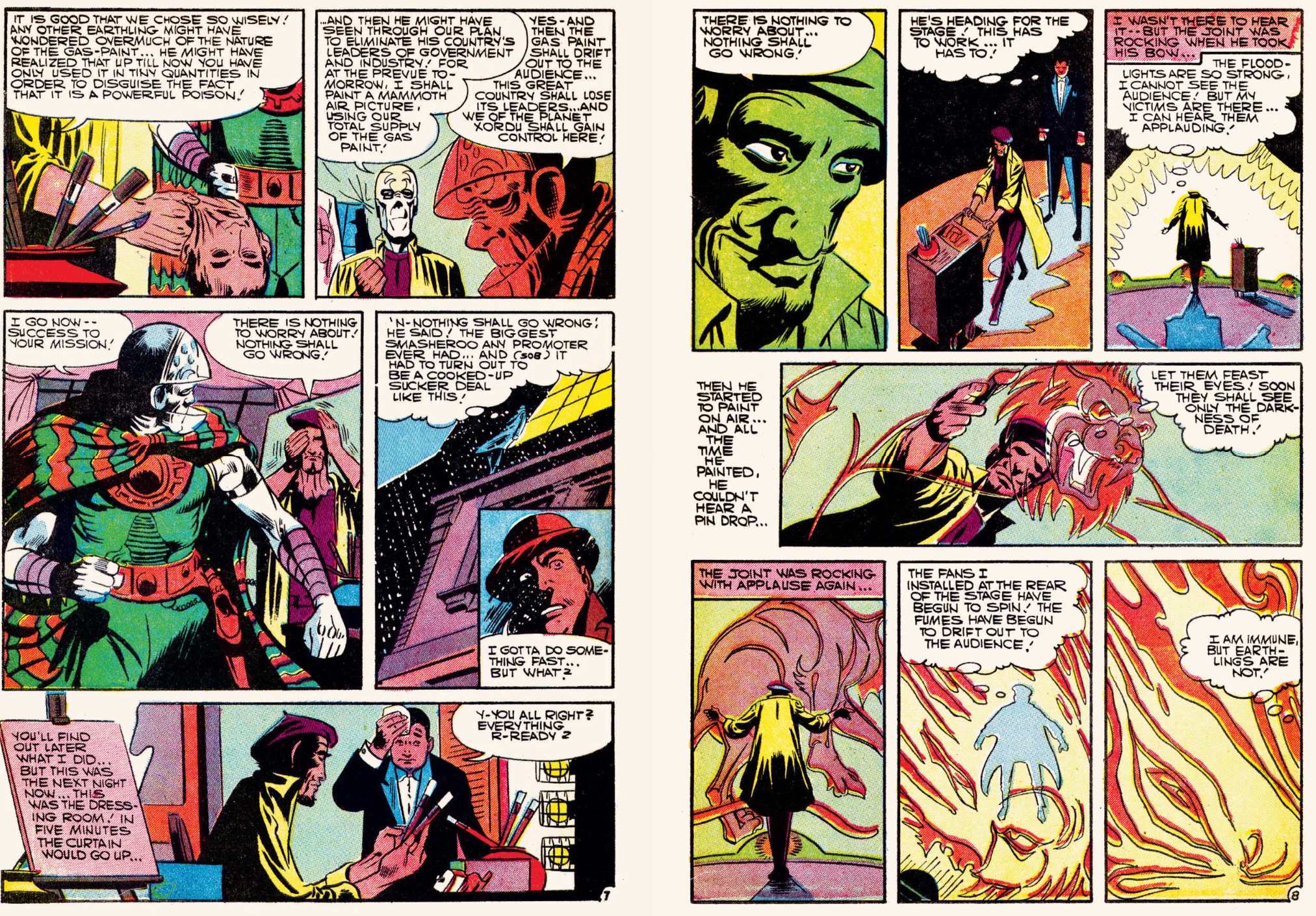

By Osamu Tezuka, translated by Frederik L. Schodt (Dark Horse Manga)
ISBN: 978-1-56971-793-1 (tank?bon PB/Digital edition)
This book contains Discriminatory Content produced during less enlightened times.
From beginning his professional career in the late 1940s until his death in 1989, Osamu Tezuka generated an incomprehensible volume of quality work which transformed the world of manga and how it was perceived in his own country and, ultimately, across the globe. Devoted to Walt Disney’s creations, he also performed similar sterling service with Japan’s fledgling animation industry. Look what that led to…
The earliest stories were intended for children but right from the start Tezuka’s expansive fairy tale stylisations harboured more mature themes, holding hidden pleasures for older readers and the legion of fans growing up with the Mankaga’s manga masterworks…
The “God of Comics” was born in Osaka Prefecture on November 3rd 1928, and as a child suffered from severe illness. The doctor who cured him inspired the lad to study medicine, and although Osamu began drawing professionally whilst at university in 1946, he persevered with college and qualified as a medical practitioner too. Then, as he faced a career crossroads, his mother advised him to do the thing which made him happiest.
He never practiced as a healer but the world was gifted such masterpieces as Kimba the White Lion, Buddha, Black Jack and so many other graphic narratives. Working ceaselessly over decades, Tezuka and his creations inevitably matured, but he was always able to speak to the hearts and minds of young and old equally. His creations ranged from the childishly charming to the distinctly disturbing such as The Book of Human Insects or Tomorrow the Birds.
Tezuka died on February 9th 1989, having produced more than 150,000 pages of timeless comics; reinvented the Japanese anime industry and popularised a uniquely Japanese graphic narrative style which has become a fixture of global culture.
These monochrome digest volumes (173 x 113 mm in the physical world and any size you like if you read them digitally) present – in non-linear order – early exploits of his signature character, with the emphasis firmly on fantastic fun and family entertainment…
Tetsuwan Atomu (literally “Mighty Atom” but known universally as Astro Boy due to its dissemination around the world as an animated TV cartoon and one of post-war Japan’s better exports) is a spectacular, riotous, rollicking sci fi action-adventure starring a young boy who also happens to be one of the mightiest robots on Earth.
The series began in 1952 in Sh?nen Kobunsha and ran until March 12th 1968 – although Tezuka often added to the canon in later years, both in comics but in also in other media such as newspaper strips and in magazines. Throughout that period, the plucky robot lad spawned the aforementioned global TV cartoon boom, starred in comic book specials and featured in games, toys, collectibles, movies and the undying devotion of generations of ardent fans.
Tezuka frequently drew himself into his tales as a commentator, and in his later revisions and introductions often mentioned how he found the restrictions of Sh?nen comics stifling; specifically, having to periodically pause a plot to placate the demands of his audience by providing a blockbusting fight every episode. That’s his prerogative: most of us avid aficionados have no complaints and one upheld in abundance in the early tales included here…
Tezuka and his production team were never as wedded to close continuity as fans are. They constantly revised stories and artwork for later collections, so if you’re a purist you are just plain out of luck. Such tweaking and modifying is the reason these editions seemingly skip up and down publishing chronology. The intent is to entertain at all times so stories aren’t treated as gospel and order is not immutable or inviolate. It’s just comics, guys, and in case you came in late, here’s a little background to set you up.
In a forthcoming world where robots are ubiquitous and have won (limited) human rights, brilliant Dr. Tenma lost his son Tobio in a traffic accident. Grief-stricken, the tormented genius used his position as head of Japan’s Ministry of Science to have his team build a replacement. The android created was one of the most groundbreaking constructs in history, and for a while Tenma was content. However, as his mind re-stabilised, Tenma realised this unchanging humanoid was not Tobio and, with cruel clarity, no longer accepted a substitute. Ultimately, the savant removed the insult to his real boy by selling the robot to a shady dealer…
One day, independent researcher Professor Ochanomizu was in the audience at a robot circus and realised diminutive performer Astro was unlike the other acts – or indeed, any artificial being he’d ever encountered. Convincing the circus owners to part with the little robot, the boffin closely studied the unique creation and realised just what a miracle had come into his hands…
Part of Ochanomizu’s socialization process for Astro included placing him in a family environment and having him attend school just like a real boy. As well as providing friends and admirers the familiar environment turned up other foils and occasional assistants such as the bellicose Elementary School teacher Higeoyaji (AKA Mr. Mustachio) and a robot little sister dubbed Uran…
The wiry, widgety wonder’s astonishing exploits resume here after the now traditional ‘A Note to Readers’ – explaining why one thing that hasn’t been altered is the depictions of various racial types in the stories. Since the author was keen to combine all aspects of his creation into one overarching continuity, this volume (at last) incorporates classic 1950s material as well as the masterful Sixties sagas and following an intimate chat with the cartoonist opens with masterful monster mash -up ‘Astro vs Garon’ which was originally serialised in Sh?nen Magazine from October 1962 to February 1963. Here a sequence of wild weather events precedes the arrival of a bizarre object from space. As scientists gather, prod and poke about, they determine the package is some sort of cosmic flat-pack parcel. Sadly, once they put all the pieces together, what they have is a planet-restructuring autonomous entity…

Thanks to Ochanomizu and his little robot companion, a packing note is translated, revealing the power and purpose of the construct, and – crucially – that it has arrived on the WRONG PLANET!
Sent to the Superintendent of Megalopa by the King of Planet Yura, the package has been despatched to “kill Plasta” and “modify” planets, so the sagacious observers are perfectly happy to leave it alone from now on if they can’t find a way to destroy it. Sadly, they aren’t quick enough and lightning awakens “the Garon”, which goes on a catastrophic rampage that all Earth’s military might and valiant Astro Boy can barely handle.
Thinking the crisis over, the handmade hero is called back into action when inert Garon is stolen by sleazy Professor Amagawa and a conglomerate of greedy capitalists and gangsters, Transported to the South Pacific the monster is then deliberately unleashed and all hell inevitably breaks loose. Able to convert the atmosphere and alter gravity, Garon goes wild and the astonishingly outpowered robot kid seems unable to pull off a second miracle.
Thankful for an old fable he once heard, Astro Boy devises a way to outsmart and banish the beast he cannot kill…

Japanese kids were editorially and parentally sheltered in different ways to us in the West, and second saga ‘Yellow Horse’ (Sh?nen, October 1955 – February 1956) might be a little shocking to some. It deals with diabolical drug dealers and sees Astro seconded by Police Inspector Nakamura to crack a ruthless smuggling gang with a hideout that is literally out of this world. To defeat them, the boy ‘bot goes undercover posing as a young user and eventually junkie/recruit, having to allow his hero Mr. Mustachio to be attacked and nearly killed and Professor Ochanomizu to be tortured and turned into an addict…
Eventually however, the plan gels and a calamitous battle reveals another shocking secret before the case can be closed…
Next, from Sh?nen magazine March to April 1967, ‘The 100 Million Year Old Crime’ sees a gang of French mutant juvenile delinquents run amok, endangering all of society with their unchecked mental powers. Called in to help, Professor O and Astro are crushed and defeated by the teens after they steal unstoppable robot superweapon Karabusu…

As the professor is cruelly enslaved by the mutant kids, the wrecked scraps of Astro are found by ancient aliens. These “water ghosts” have been on/in Earth for 100,000,000 years and the father one is mired in guilt for committing an utterly unpardonable act. His daughter Parma is, however, enchanted by the robot remains and rebuilds him, triggering a cycle of redemption. Repaired and curious, Astro learns that heinous antediluvian crime was meddling with earth creatures’ genetic and creating humanity. All their historical atrocities and planetary harms are the alien’s fault and now he will wipe out his mistake. Desperate, Astro debates with the despondent progenitor and a deadly deal is struck, one involving reforming those mutant kids who seem to be the very worst the species can offer…
Sadly, the morbid maker has no intention of honouring it and Astro has to resort to the kind of tactics he despises for the good of all…
This outing to the orient of cartoon yore ends with a cunning crime caper and contemporary spoof saga as ‘Astro’s Been Stolen!’ (June to September in Tetsuwan Atom Kurabu AKA Mighty Atom Club) sees the mecha mite and his loving (equally mechanical) family distraught following a message from Professor O. This explains that the boy, his sister and they all need to grow for their mental health. That means transferring their processors and personalities into new, appropriately aged bodies every ten years…
Tragically, Ochanomizu has been targeted by diabolical twinned Doctors Rukarike. He’s actually a singular supervillain called Gettrich who cons the well-meaning savant into switching Astro Boy’s electro-brain into an adult replacement frame just so he can steal the junior version and place a hench-minion’s mind in it. The purpose is to gain admittance to the top-secret base containing super artefact the Neo-pyramid, but the fiend has not reckoned with Astro’s resilience and determination, nor the timely interference of British agent James Itch Dnob…

Breathtaking pace, outrageous invention, slapstick comedy, heart-wrenching sentiment and frenetic action are hallmarks of these captivating comics constructions: all ideal examples of Tezuka’s uncanny storytelling gifts. These still deliver a potent punch and instil wide-eyed wonder on a variety of intellectual levels and our melange of mecha-marvels is further enhanced an older, more sophisticated tone via the material’s constant revision, confirming Astro Boy as a genuine delight for all ages.
Tetsuwan Atom by Osama Tezuka © 2002 by Tezuka Productions. All rights reserved. Astro Boy is a registered trademark of Tezuka Productions Co., Ltd., Tokyo Japan. Unedited translation © 2002 Frederik L. Schodt.
Today in 1998 Batman co-creator Bob Kane died. Coincidentally, way back in 1927 letterer Milt Snappin was born on this same date. Milt put the words in Batman & Robin’s bubbles – as well as Superman, Superboy and other DC World’s Finest stars throughout the post Golden and Silver Age period.

